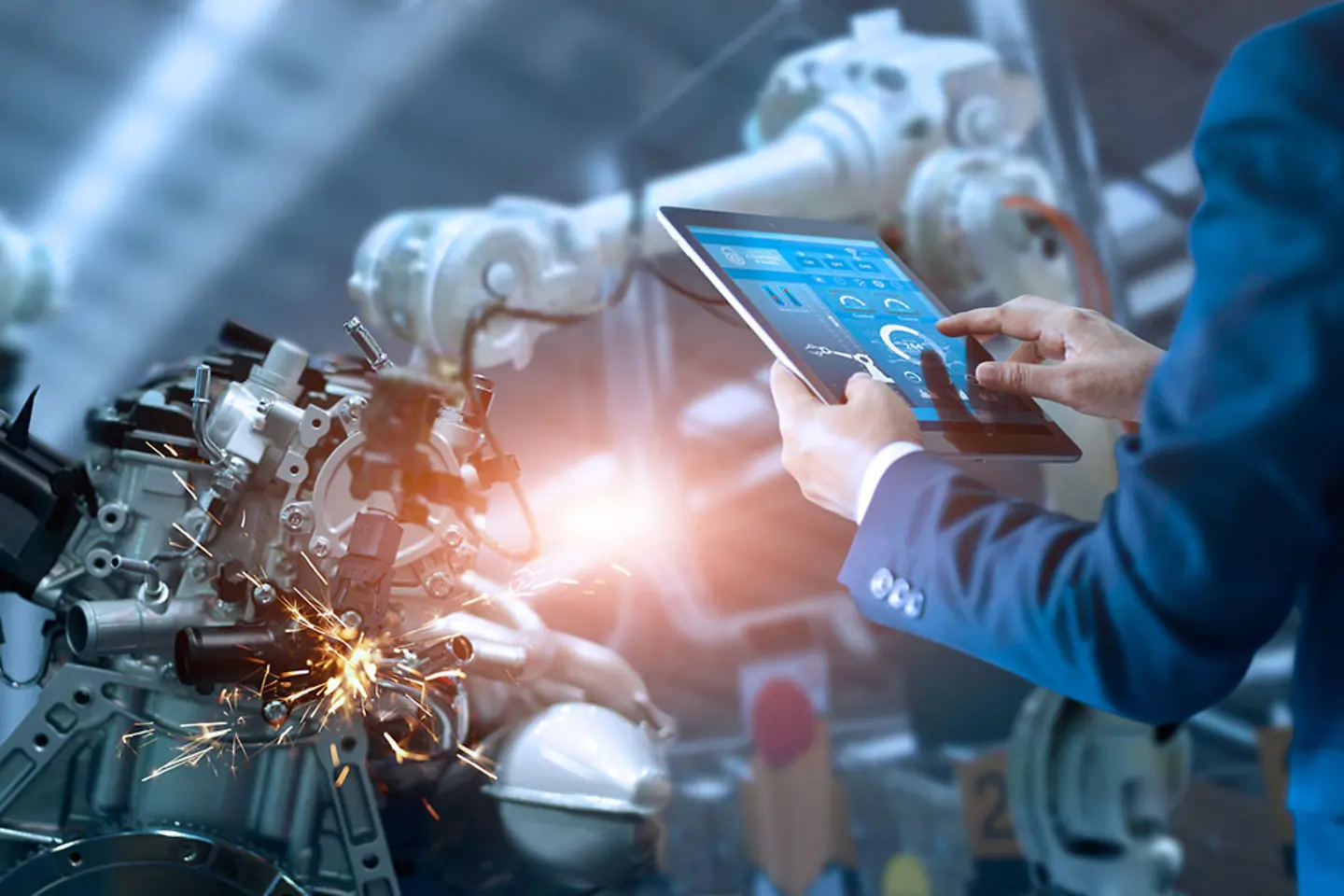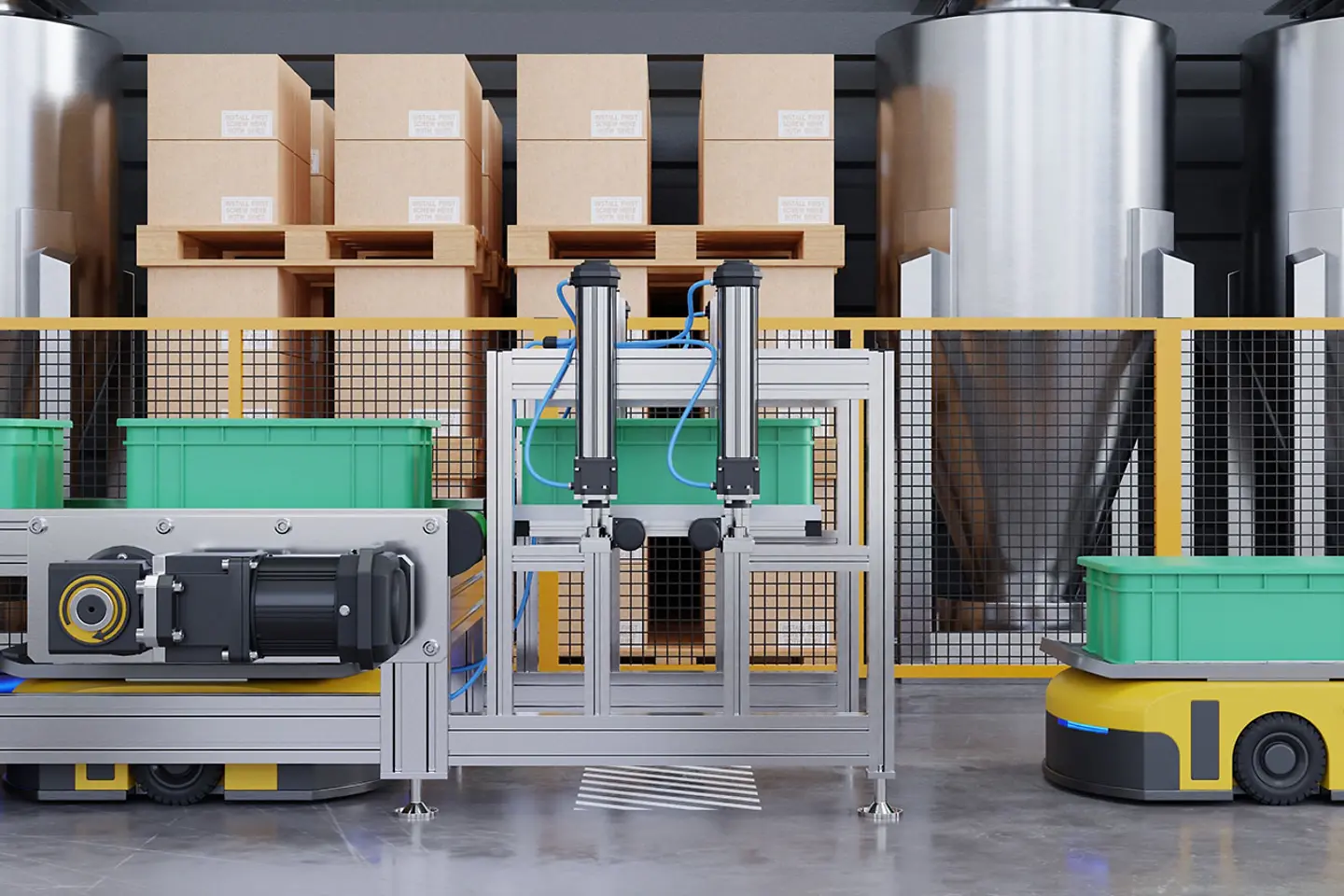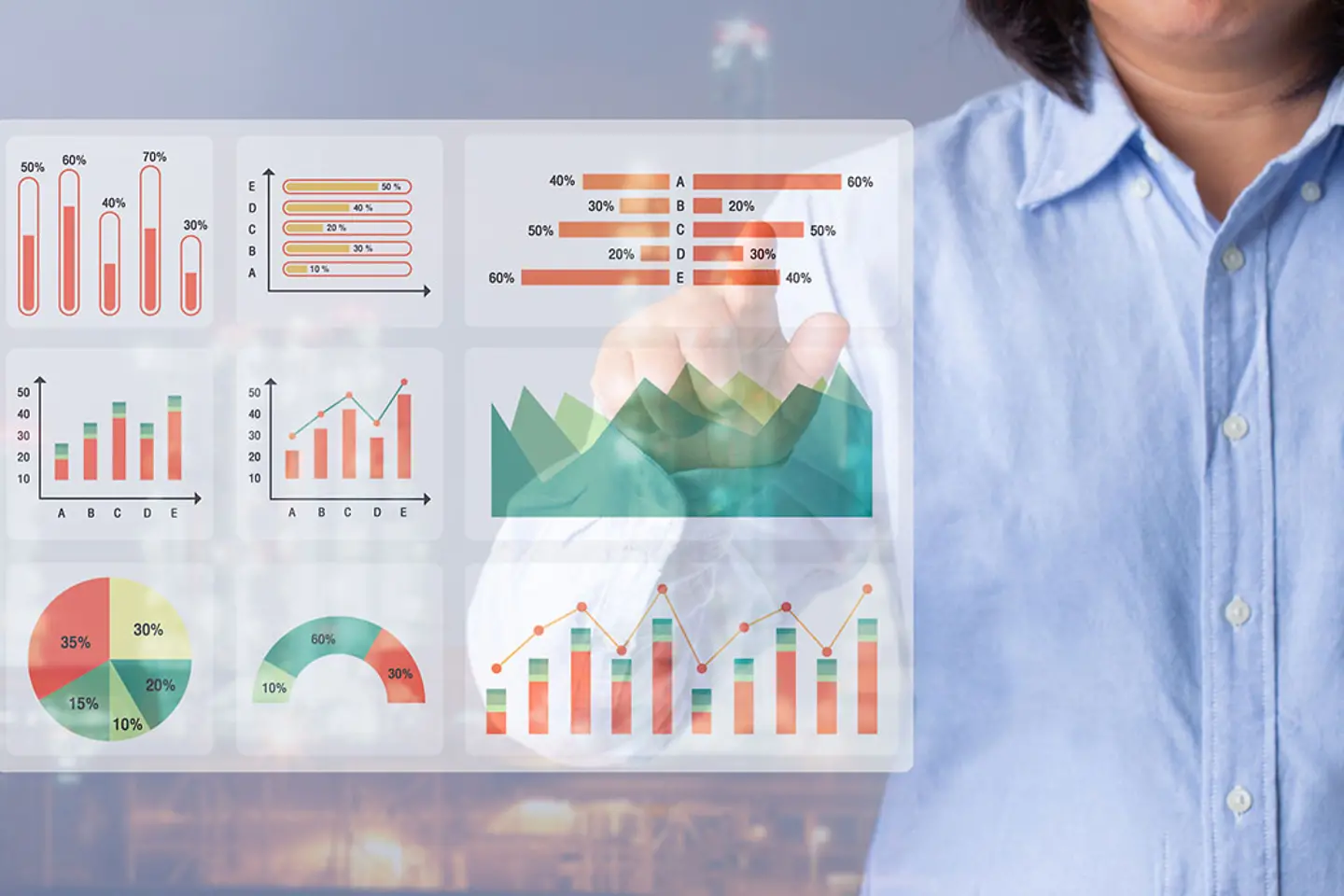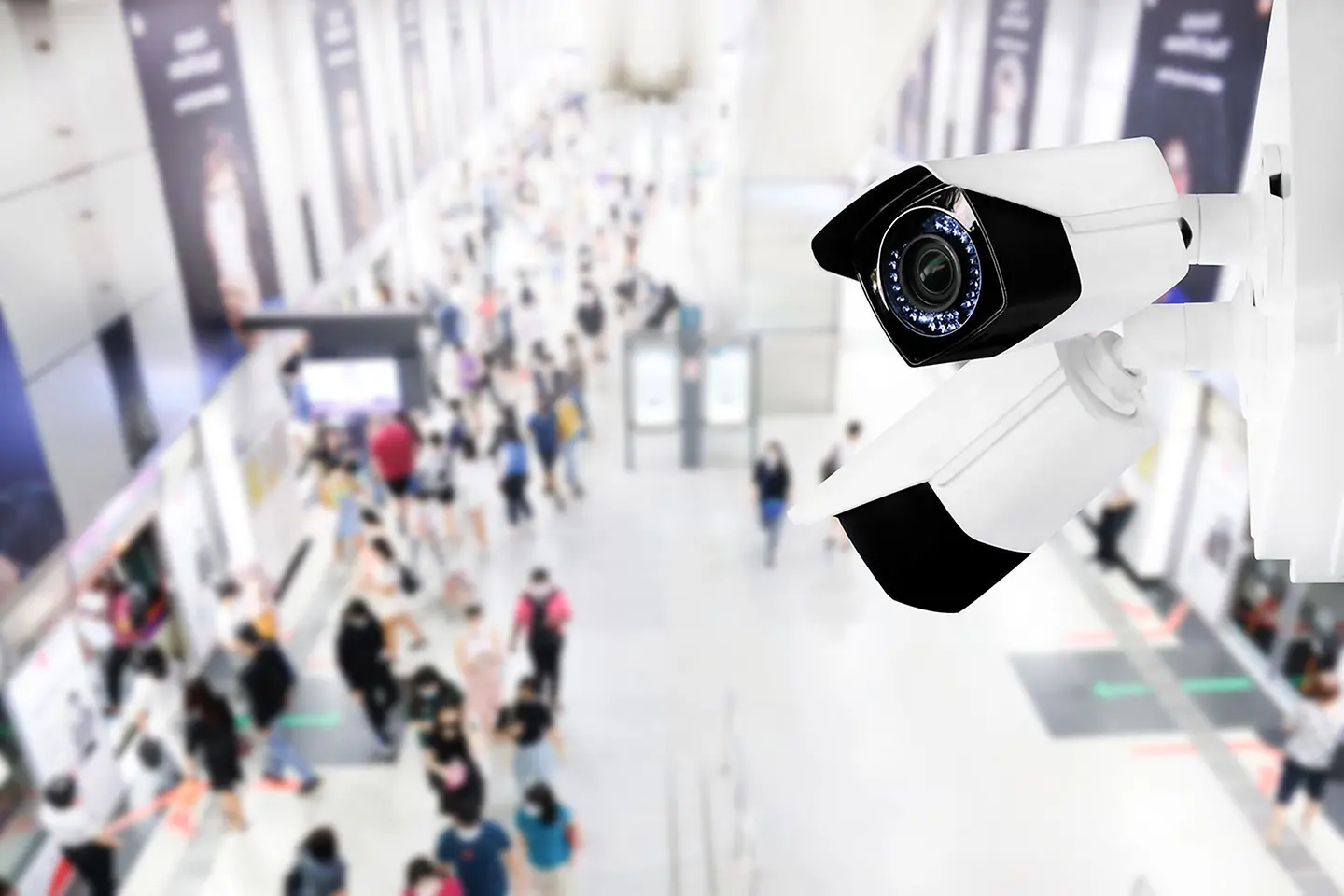
AI adoption will enable businesses to thrive in today’s digital era. Key AI developments include image analysis, robotics, predictive analytics, and real-time monitoring.
New business needs continue to drive the digital shift in the Asia-Pacific (APAC) region. As 40% of the region’s businesses now prioritise operational efficiency and revenue growth, adopting technologies such as artificial intelligence (AI) may be necessary to realise these goals. Companies must then start expanding the use of AI in their operations, considering natural language processing, achieving data intelligence, and more.
As the adoption of AI will become mainstream in two to five years, 2023 will be a critical year, a time for businesses to use AI solutions to secure a competitive advantage. In APAC, spending on AI will grow from US$17.6 billion in 2022 to US$32 billion in 2025, focusing on healthcare, logistics, manufacturing, and the public sector. Businesses that do not prioritise AI in 2023 will lose plenty of ground to their digitally-oriented competitors.
Key AI developments in image analysis, robotics, predictive analytics, and real-time monitoring will benefit businesses and organisations.

The market for AI imaging and other digital diagnostics will grow from US$1.6 billion in 2020 to US$3.6 billion in 2025. Image data analysis plays a role in early cancer detection and COVID-19 identification, as well as diagnosing other conditions quickly and accurately. For example, in Korea, AI demonstrated a 91% detection rate for early-stage invasive cancer, compared to unassisted radiologists’ rate of 74%. AI-assisted radiologists also increased their accuracy by 9.5%.
Efficient screening and early diagnosis increase the chance for successful treatment and simultaneously optimise health professionals’ hours. This helps de-escalate costs for financially burdened healthcare systems in APAC, which has a growing and ageing population and a limited medical workforce.

Ongoing workforce volatility is affecting healthcare, manufacturing, logistics, and other major industries. However, AI-enabled automation has helped ease some of the problems caused by global manpower issues. In line with this trend, the APAC robotics sector will grow by 13%, from US$23.7 billion in 2019 to US$43.7 billion in 2023. Using AI to boost and refine production will primarily drive this growth.
Robot-facilitated smart factories are also starting to emerge throughout APAC, providing grounds for cutting-edge automation solutions. For instance, the Hyundai Motor Group will launch Hyundai Motor Group Innovation Center in Singapore (HMGICs) in Jurong Innovation District to serve as a testbed for the Group’s manufacturing platforms in Industry 4.0.
Hospitals are implementing a similar innovation. In Thailand, Siriraj Hospital used robots to register and triage patients while helping to keep staff members safe. The hospital is also testing unmanned robotic vehicles to mobilise medicines from inventory to dispensing units 24 hours a day.

The complexity of the APAC supplier and production landscape has only increased in the post-pandemic years. Many companies shifted their operations online, cementing the reliance on e-commerce and digital platforms. With that, 67% of businesses are improving supply chains.
AI-supported logistics has helped integrate supply chains, expediting the flow of goods through automation and data-driven decision-making. Automated supply chain planning has also been found to increase revenue by 4%, and reduce inventory and supply chain costs by 20% and 10%, respectively.
To meet the rising demand in the e-commerce space, Singapore-based RedMart, Lazada’s online grocery service, has automated its logistics facility to improve speed, productivity, and accuracy. It adopted the Dematic goods-to-person order fulfilment system to automate piece picking and maximise its facility space.

As the global economy recovers from the effects of COVID-19, APAC businesses should brace for global financial tightening in 2023 amidst inflation and rate hikes. Enterprises can use predictive data intelligence to stay resilient during challenging financial years.
AI-powered predictive analytics can help manage costs and resources. For example, predictive analytics has helped estimate medical bills. As many healthcare providers place a high level of trust in using predictive analytics in clinical settings, this technology can easily expand into other aspects of healthcare.
In the aviation sector, companies can likewise invest in predictive analytics to improve service quality while managing costs to stay competitive amidst the global crisis. Researchers in Singapore are working with Singapore Airlines (SIA), SIA Engineering Company (SIAEC), and A*STAR to improve engineering productivity, customer experience, and cost-effectiveness through predictive analytics under the “AI for Airline Operations” project.

In 2021, the market size for safe cities stood at US$27.28 billion. It will grow by 14.5% between 2022 and 2030. Public safety and emergency response are top concerns, especially as the demand for travel and in-person events will rise in 2023. Investing in AI-powered security systems adds value not just to the overall domestic peace and order, but also to the tourism potential of APAC countries.
Governments throughout the region can adopt AI to ensure more efficient and real-time monitoring for public safety. Real-time AI surveillance empowers the police force, fire departments, and other first responders to efficiently identify risks and coordinate emergency responses.
For example, the crime rate dropped by 27% in Surat, India, after implementing AI-based safety measures for facial recognition, which enabled the police to respond quickly and shorten the turnaround time for crime investigation.
During the 2020 Tokyo Olympics, Japan also implemented an AI-powered network camera system for facial recognition and video analysis that maintained optimal footage quality. The system improved the efficient flow of people by restricting access to specific event areas.
While the benefits of AI are clear, businesses still need to overcome stumbling blocks such as handling legacy systems, a lack of digital talent, and financial considerations to boost the success rate of AI projects. Companies need to develop data infrastructures and have access to a digital talent pool to optimise the benefits of AI.
However, post-pandemic recovery concerns burdening APAC businesses can further push back AI adoption plans.
Partnering to pilot AI initiatives is an important step. Starting a pilot project with an established partner can ease the adoption and project evaluation processes. Once a business establishes a pilot project, it can more readily scale other AI initiatives. For instance, T-Systems has a variety of IT solutions to digitally transform enterprises and organisations.
In 2023, digital transformation will be necessary for businesses to face ongoing headwinds and remain competitive. With the help of AI, businesses can look to a brighter year ahead.
However, to optimise its benefits, businesses still need to overcome data infrastructure limitations, financial considerations, and other roadblocks to its adoption. Working closely with a trusted expert like T-Systems offers access to experience-based advice and ongoing support that ease the path toward digital transformation.
Talk to us to learn more about the mission-critical AI applications and digital solutions that can help you achieve your 2023 business goals.